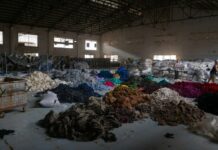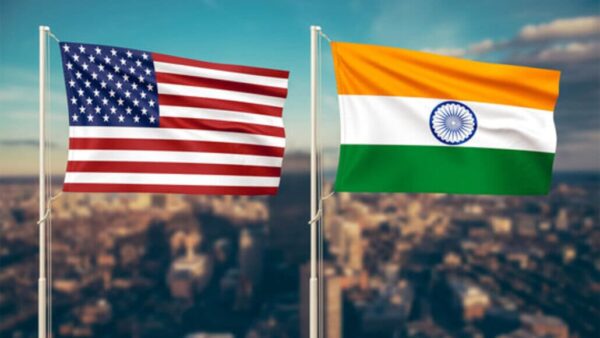Indian garment exporters are beginning to feel the repercussions of the US tariffs introduced by President Donald Trump. They have received requests from US buyers to absorb part of the additional tariff by providing extra discounts. The US has implemented a 26% additional tariff on all imports from India, effective April 9, 2025. According to industry insiders and experts, US orders are currently on hold, causing exporters to worry about an immediate drop in orders and a tightening of profit margins. This situation highlights the significant US tariffs impact on Indian garment export.
While Indian exporters initially expressed relief over lower tariffs compared to those imposed on other garment-exporting nations, the disruption in exports and production has already begun. An exporter from Punjab reported that all US export orders are currently paused, as importers insist that suppliers share the burden of the new tariff.
Another exporter from Haryana mentioned that rejecting such requests is not an option, as they struggle to sell their already manufactured garments elsewhere. There is also a fear of losing future business opportunities if they refuse to offer additional discounts.
An industry expert commented, “US buyers are asking Indian exporters to share half the burden of the new 26% tariff. Since exporters ship garments on an FOB basis, the tariff burden technically falls on the importers. However, as large retail giants and global brands, they exert significant influence over their suppliers. Therefore, Indian exporters cannot disregard their demands to share this additional cost.”
Despite the immediate challenges posed by the new tariffs, the expert believes that India will ultimately emerge as a strong competitor in garment exports to the US. However, exporters will face disruptions once the tariffs take effect on April 9. The Apparel Export Promotion Council (AEPC) is actively gathering feedback from garment exporters and updating the central government on the situation.
Another expert noted, “Due to the additional 26% tariff, Indian garment exporters may experience immediate pain in the form of reduced exports to the US. It is likely that exporters will need to absorb part of the new tariff costs. Importers may pass some of this cost on to consumers after absorbing what they can.”
He also mentioned that following the implementation of the new tariffs, new orders are not expected to come in for some time, as buyers will look to renegotiate supply prices. He predicts that exporters may encounter sluggish demand for at least several months.
In terms of shifting export orders from other countries, it is more likely that such orders will be redirected from China. “Countries like Bangladesh, Vietnam, Cambodia, and Thailand are actively negotiating with the Trump administration for reduced duties. If they manage to secure concessions for garment exports to the US, they will present strong competition to Indian exporters.”
Additionally, downstream industries such as fabric, dyeing, and yarn manufacturing may also feel the strain from the US tariffs. A yarn trader from Delhi indicated that manufacturers will likely negotiate raw material purchases more aggressively to cope with the additional burden. However, suppliers with better profit margins may agree to provide discounts, further illustrating the US tariffs impact on Indian garment export.



































